A Closer Look: The Romantic Vision of J.M.W. Turner
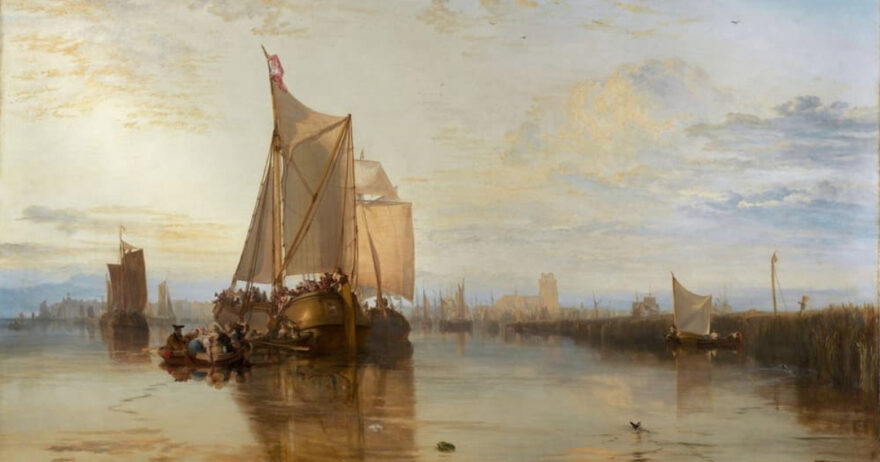
Joseph Mallord William Turner, born April 23, 1775, is widely viewed as the greatest British artist of his age and perhaps of any age. The English Romantic painter, printmaker, and watercolorist transformed the practice of painting, sweeping aside the presiding classical concerns of form and orderliness. J.M.W. Turner embraced a new vision of nature in which powerful ethereal forces are in constant flux.
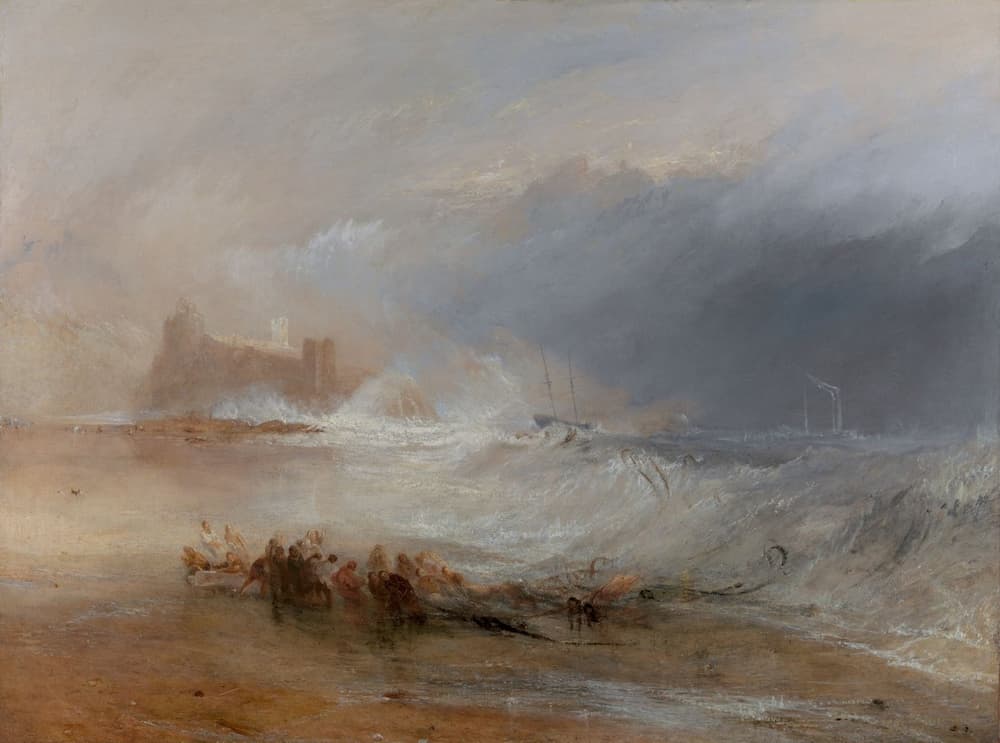
by J.M.W. Turner Yale Center for British Art, Paul Mellon Collection
To bring this vision to life, Turner flouted every convention, brazenly mixing media and dispensing with the brown underpainting and immaculate finish beloved by the academicians. Seeking new means of expression, he experimented fearlessly, particularly in watercolor. He explored all the possibilities of scrubbing, scratching, scraping, blotting, and flooding in ways that were completely novel at the time.
It was in this medium that his free handling, understanding of light and atmosphere, and an increasingly brilliant palette combined to create works of visionary power. In particular, his paintings of the sea recreate an overwhelming sense of nature in action—and the forces both grand and sublime that rule our world.
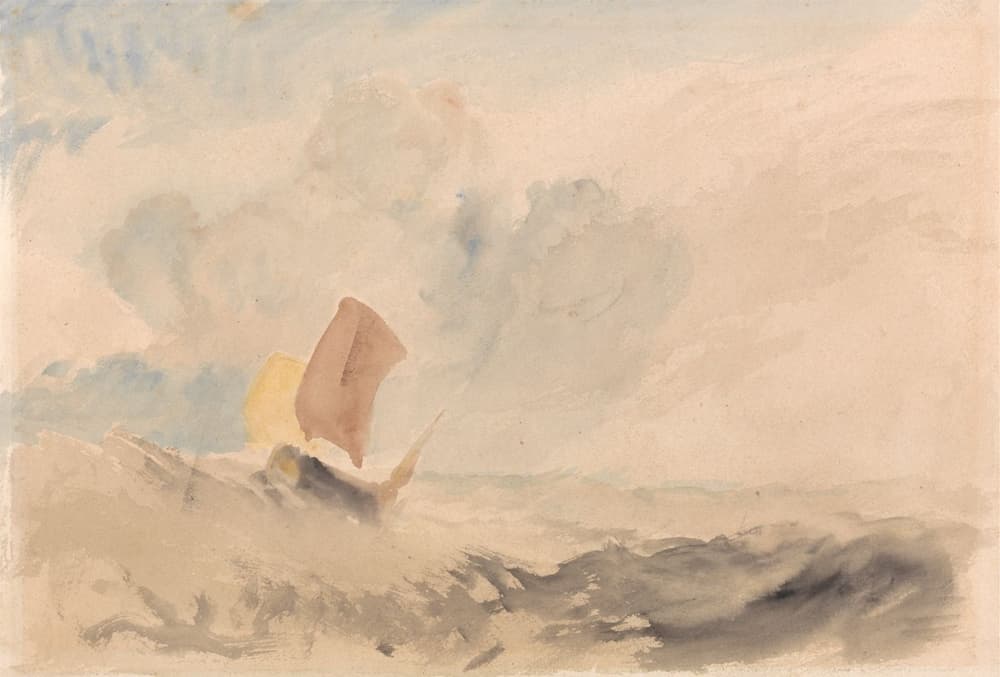
by J.M.W. Turner Yale Center for British Art, Paul Mellon Collection
Establishing a Foundation
The story of J.M.W Turner’s sudden emergence is legendary. Born the son of a barber and raised in Covent Garden, London, he displayed an early and prodigious talent for drawing and painting. He entered the Royal Academy at the age of 14 and became the youngest painter ever to show works in its annual exhibitions.
He was also employed in his spare time by Dr. Munro, physician to the Queen, who had Turner copy works by masters from the previous generation, particularly John Roberts Cozens (British, 1752–97). It was in this careful replication of masterworks that Turner learned the basic techniques and possibilities of watercolor.
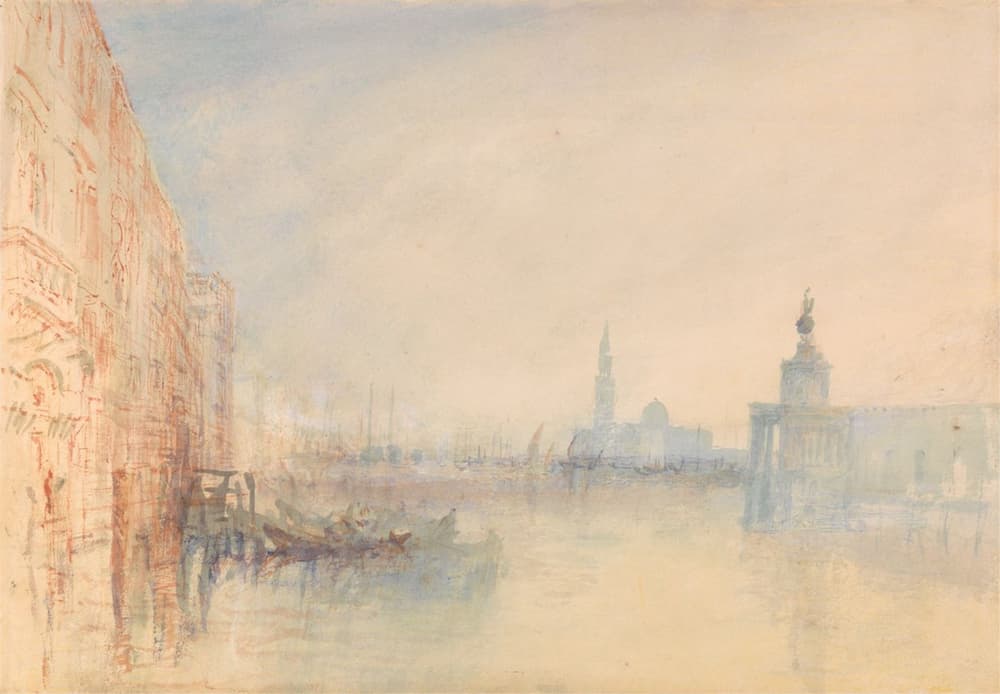
Yale Center for British Art, Paul Mellon Collection
Forging a New Vision
Although he was interested early on in architectural draftsmanship and produced immaculate topographical works, it was Turner’s passion for seascapes that first put him in the public eye, when he exhibited a moonlit seascape at the Royal Academy Summer Exhibition of 1796.
Over the next few years, he acquired extraordinary mastery of a variety of styles, often through copying works by their greatest exponents. He unlocked the secrets of Claude Lorrain (French, 1600–1682), Nicolas Poussin (French, 1594–1665), and the Dutch marine painters Willem van de Velde the Younger (1633–1707) and Aelbert Cuyp (1620–1691). That ambition was nothing short of a desire to forge an entirely new vision of the world.
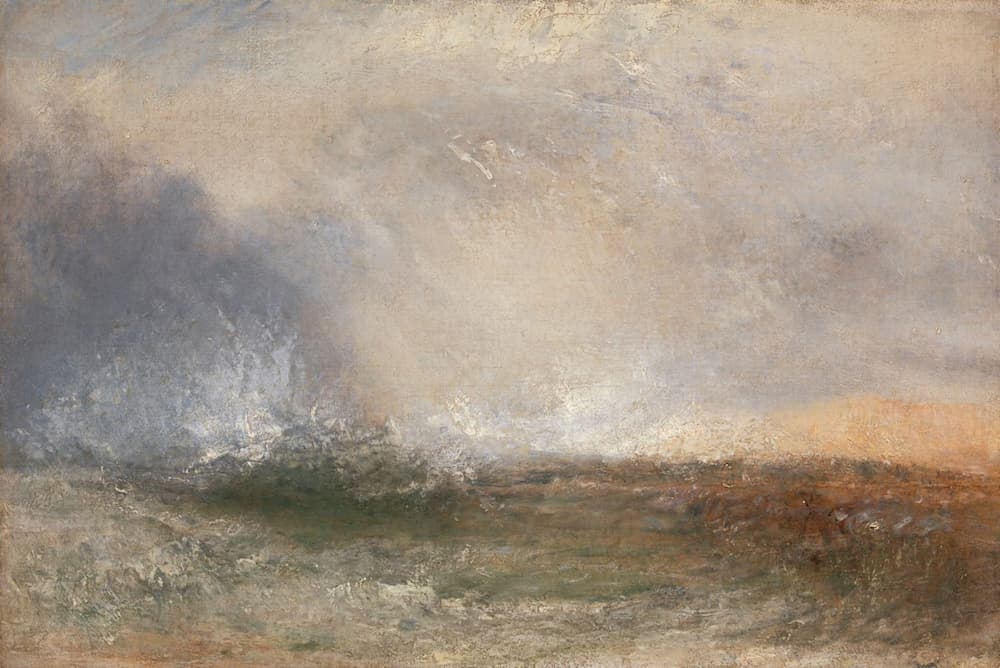
Yale Center for British Art, Paul Mellon Collection
As his work progressed, he became increasingly focused on light, atmosphere, moisture, and the turbulent forces of wind, rain, and fog. Painting widely in England with its famously changeable weather, he had no shortage of subject matter. He combined his new knowledge of dramatic atmospheric effects with both classical subjects and more topographical studies.
After 1802, with a break in the Napoleonic Wars, he was able to travel to Europe, where he visited Switzerland and Paris. Later visits to Italy led him to adopt a more brilliant palette, as he discovered how to create light through color opposition instead of the traditional chiaroscuro.
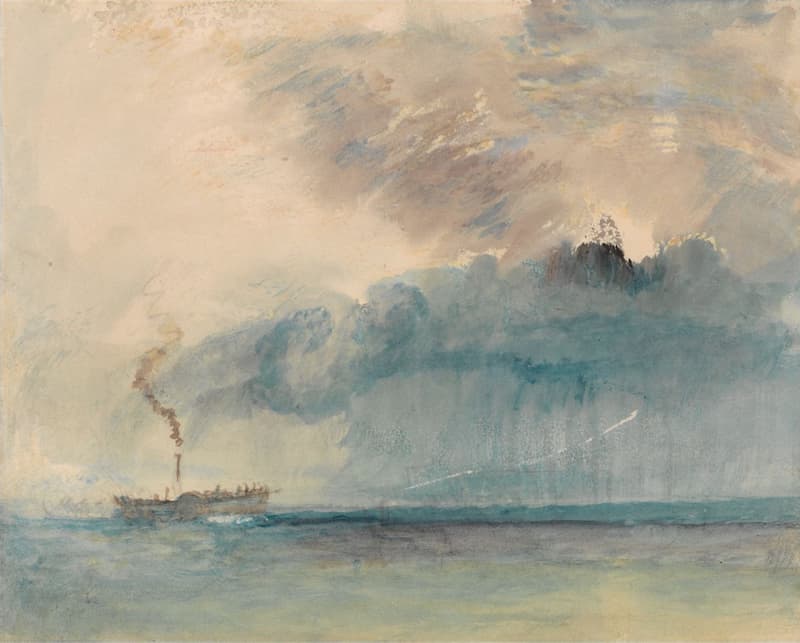
Throughout his life, Turner’s watercolor practice generally consisted of making a pencil drawing on-site and then applying the color later in the studio, a procedure made possible by the artist’s prodigious visual memory. Many of his studies are to be found in his sketchbooks, in which he drew and painted constantly, leaving an incredible 260 volumes at his death in 1851.
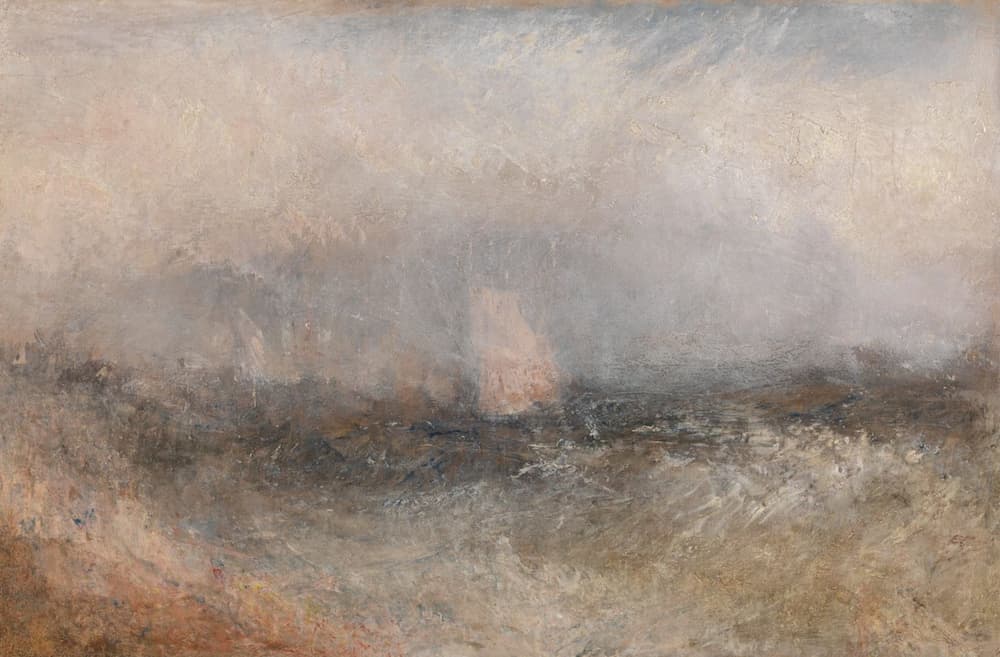
Yale Center for British Art, Paul Mellon Collection
Related: Turner’s Mysterious Yellow
Creating a Lasting Legacy
J.M.W. Turner’s innovations in painting extended to the business of art. He was the first artist to open his own gallery, and his ventures into printmaking, in which he made finished watercolors to be engraved as black-and-white images, spread his fame and garnered him considerable wealth.
These days, it’s clear that Turner laid the groundwork for succeeding generations of painters, first the Impressionists and later the abstract painters. His insistence on a poetic substance to his paintings, the echoes of classical painting in his choice of subjects, and the remnants of picturesque sentiment find little counterpart in modern art.
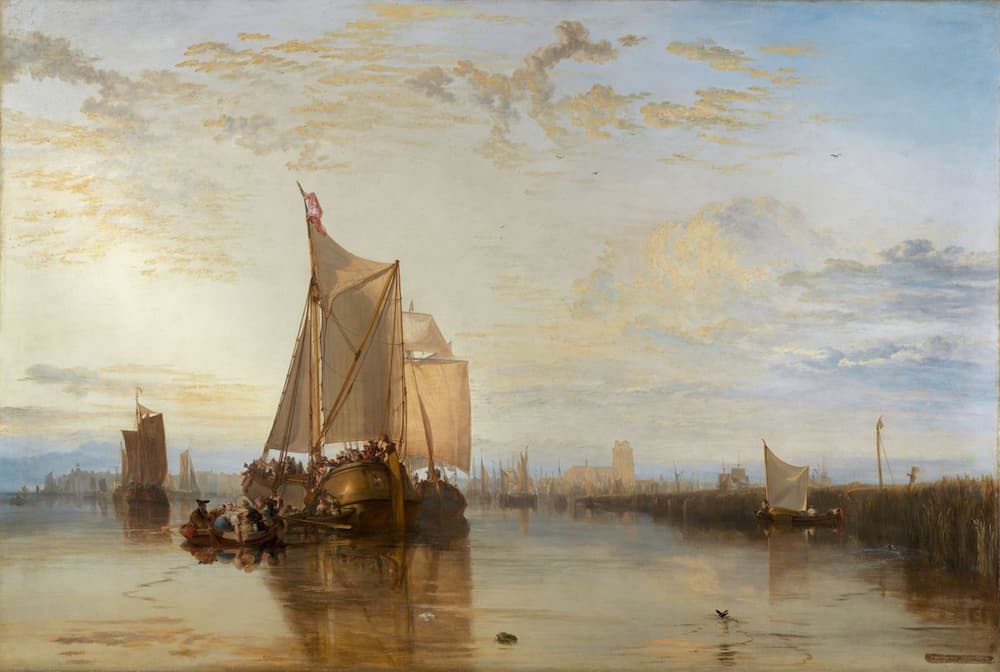
Credit: Yale Center for British Art, Paul Mellon Collection
Up Close: J.M.W. Turner
Where’s the best place to view Turner’s work in person?
Tate Britain, in London, is home to the largest collection of his works. The repository of the Turner Bequest—a collection of more than 30,000 works on paper, including 3,000 completed watercolors as well as some 300 oil paintings—was bequeathed by the artist to the nation.
Celebrating Turner’s Semiquincentennial
2025 will mark the 250th anniversary of Turner’s birth! With this occasion in mind, the Yale Center for British Art in New Haven, Conn., plans a Spring 2025 exhibition to celebrate. (The museum is currently closed for building conservation.)
This exhibition, the museum’s first show to focus on Turner in more than 30 years, will showcase its rich holdings of the artist’s work. Unequaled in North America, the collection includes some of Turner’s most acclaimed oil paintings, notably his masterpiece Dort or Dordrecht: The Dort Packet-Boat from Rotterdam Becalmed (1818) and his celebrated later painting Staffa, Fingal’s Cave (1831–32). Alongside these major works, the exhibition will feature watercolors and prints from the museum’s collection, including the artist’s only complete sketchbook outside of the British Isles.
About the Author
John A. Parks is a painter, a writer, and a member of the faculty of the School of Visual Arts in New York.
From Our Shop

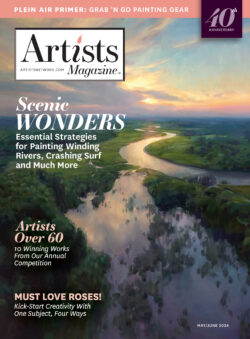
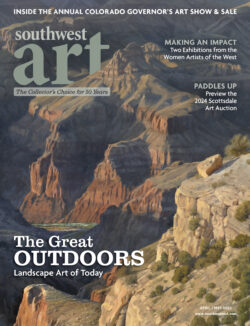


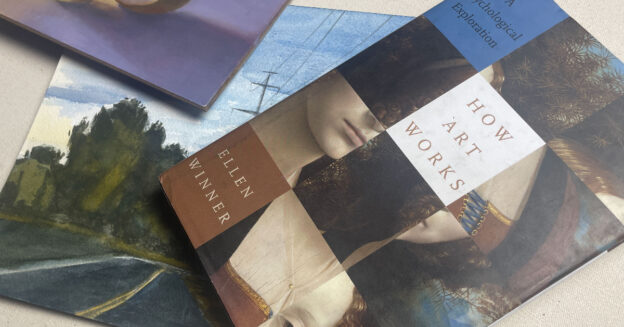
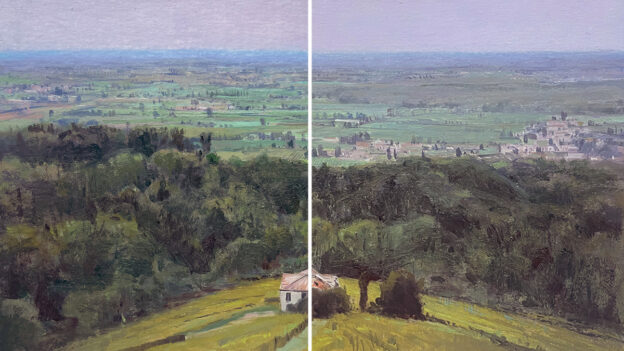





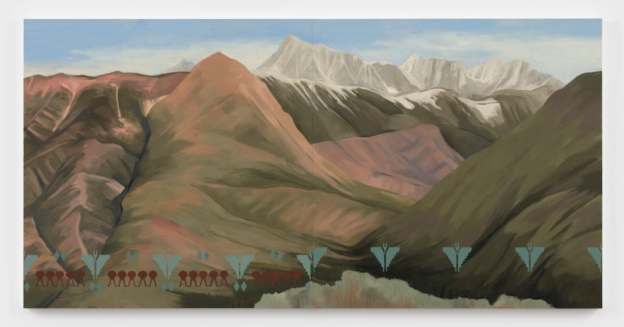






Join the Conversation!